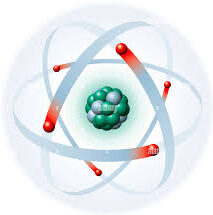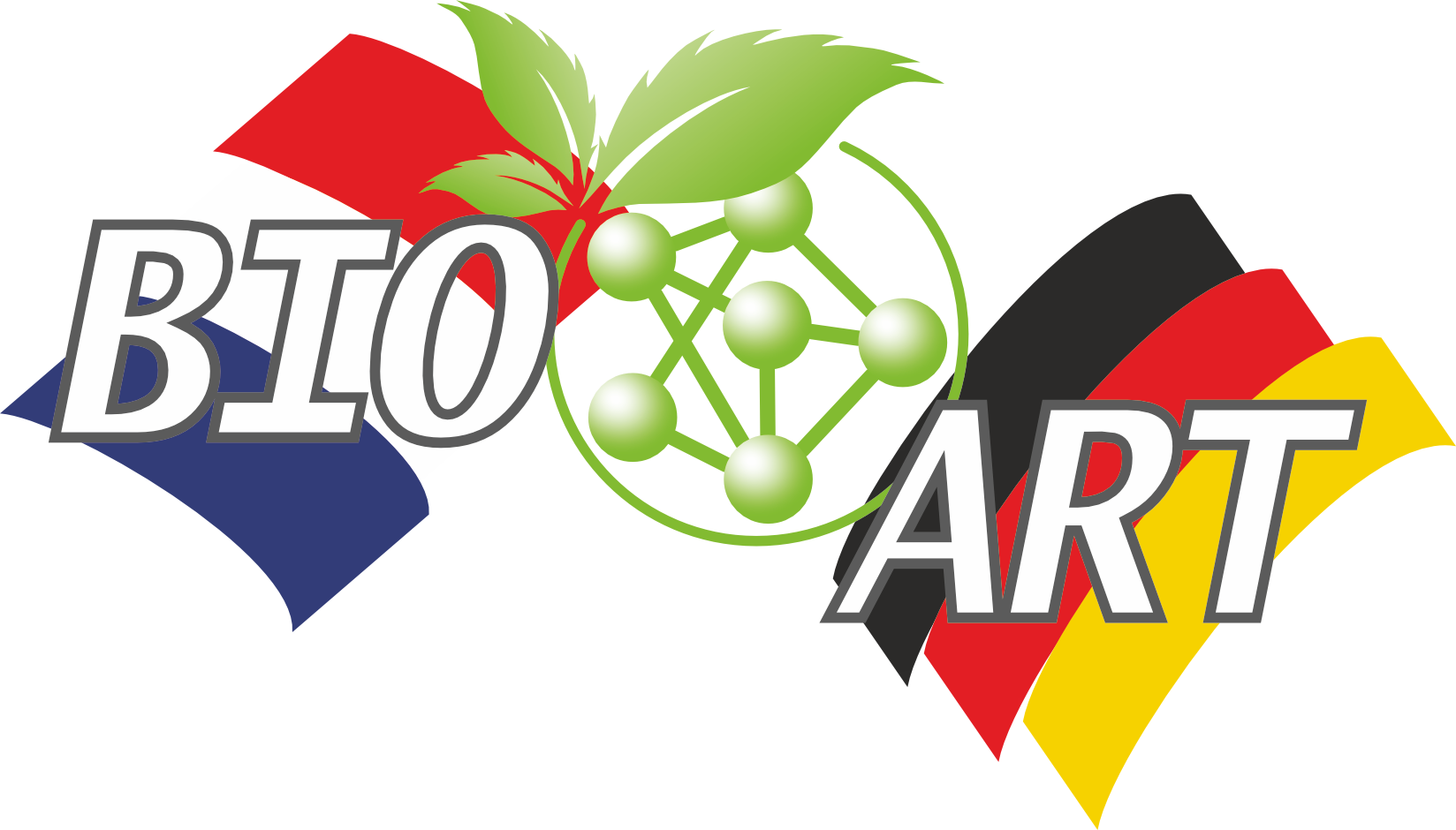The concept of transgenic art (transgenic art) was coined in 1998 by Eduardo Kac and refers to an art form “which works with genetic methods to transplant synthetic genes into one organism or natural genetic material from one species into another and thus to create unique living beings. Already before this definition, Reiner Maria Matysik presented an art project in 1986 named Rekombination The goal of transgenic art is to create organisms that carry foreign DNA within them. In Kac’s vision, art can continue evolution and make an actual creation of new living beings. Eduardo Kac’s best-known works include Genesis (1998/99), The Eight Day (2000/2001) and GFP Bunny (2000) which he commissioned in 2000 as the creation of a transgenic GFP rabbit. “The PR campaign included a picture of Kac holding a white rabbit and another rabbit photographically enhanced to appear green.” Symbiotica developed one of the earlier art/science laboratories for artists interested in working with BioArt methods and technologies. Some of the founders of SymbioticA, Oron Catts and Ionat Zurr also founded The Tissue Culture & Art Project. Since the early 1990s, The Tissue Culture & Art Project has been working with the artificial production of biological tissue whereas the cell culture serves as an artistic medium. The works of TC&A deal, among other things, with foods bred foods, tissue-growing clothing, sculptural forms from fabric culture and the changing relationship between the living and non-living company, among other things. Within the framework of their artistic research, the artists have developed the term “Semi-Living” to describe a new category of life that was created in the laboratory.

